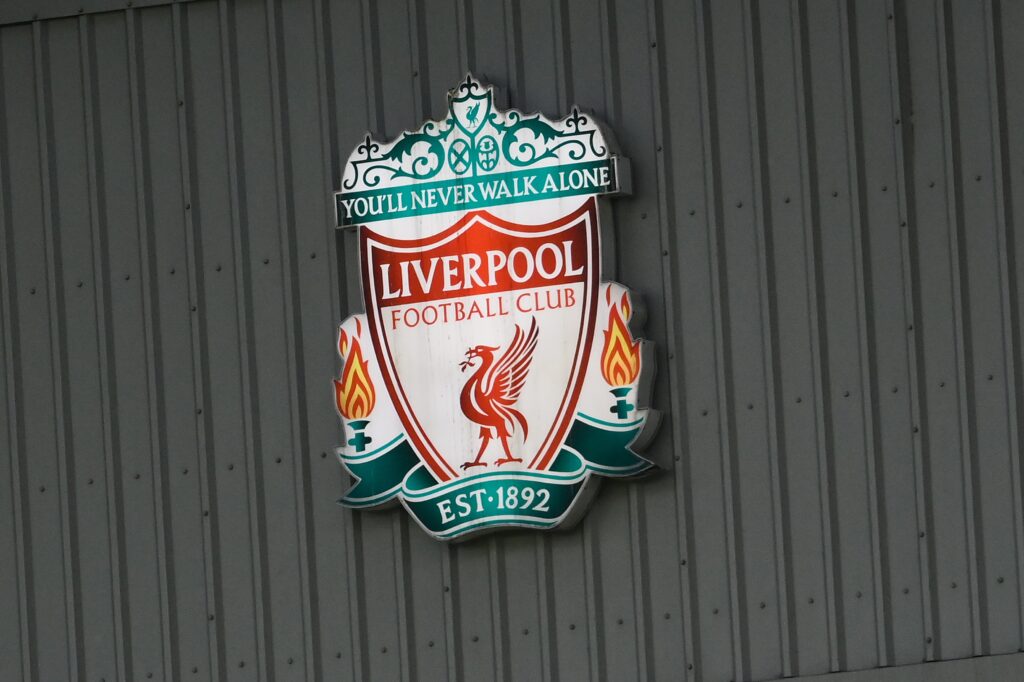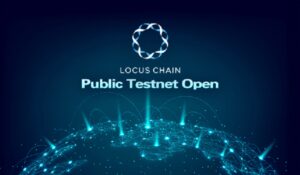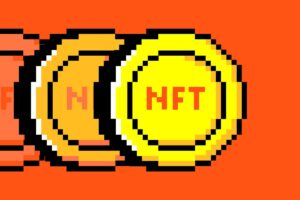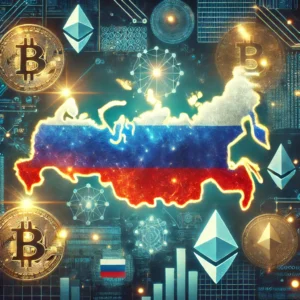Is it Time for Liverpool to Reevaluate NFT Strategies Following The Heroes Club Launch?

It’s fair to say that Liverpool FC has taken a leap in the dark by dabbling in NFTs. That’s not to say that they shouldn’t, as many other top-level clubs are doing so, but it seems as though they have jumped forward without really looking at where to land.
The collection they created back in March 2022 was definitely in keeping with the trend at the time. NFTs were new and exciting and they were making a lot of money. This in large part was due to the high Ethereum price cost update affecting how much NFTs cost, and it made sense to follow a trend while prices were soaring, but things didn’t kick off as well as they had hoped.
Although crypto has always been notorious for ups and downs, Liverpool’s NFT strategy could use a little brushing up to really gain traction in the future. In this piece, we’ll look at what possible steps could be taken to further improve LFC’s use of the technology while also highlighting the current trends being used by other teams.
Follow Empire of the Kop on Instagram (@empireofthekop) HERE
The LFC Heroes Collection and Reception
For those that don’t know, the LFC Heroes collection came in two categories and – very surprisingly- was published over a four-day period on Sotheby’s Metaverse. The first category was the Legendary edition, which was a one-of-a-kind animated NFT, and then came the Hero edition which offered 171,000 unique NFTS.
By purchasing an NFT from the collection, users would then be entitled to certain perks, also becoming part of a new community that the club was trying to create. Billy Hogan mentioned that “The LFC Heroes Club is a new way for supporters to connect with the club and feel closer to the team they love.”
Of course, the financial benefit of this (for LFC in particular) is also worth noting. As NFTs bring in an ongoing revenue each time a ‘card’ is sold, this amounts to more than £10m so far from secondary market sales.
It isn’t all profit for nothing, either, as 10% goes back into new programs which benefit Liverpool FC. Matt Parish commented that “The NFT project allows us to extend our reach and impact more lives through our various initiatives.”
As with most projects of this nature, many fans and supporters were skeptical, and this came from two main concerns.
Firstly, the project was perceived as a bit of a cash grab, jumping in on what was profitable at the time, made worse by the fact that NFTs are not widely understood or accepted. The second concern, mainly from those who did understand, was that they believed the collection was not environmentally friendly, which could actually have been avoided had more preparation gone into explaining the ‘lazy mining’ aspect of this to reduce energy consumption.
There were positive responses, too. Younger fans with more interest in the technology found it an exciting step and openly praised the club. the artistic designs and charitable aspects also carried weight. Despite this, sales only reached marginally over 5% of the total supply, which amounted to roughly £800,000 between the two categories.
READ MORE: (Video) Liverpool fans will adore classy Wataru Endo gesture to two teammates on Saturday
Potential Areas for Change
By looking at other clubs, LFC can take a lot on board as to their success stories. Picking out a few potential areas for change, we could potentially see a much greater interest in NFTs and other digital aspects from Reds fans.
Environmental concerns
There is an ongoing belief that blockchain energy consumption is harmful. It’s up to the club to better educate fans in this regard, as it could be an ongoing problem when pursuing more digital creations. As the collection was on Polygon, it was far more efficient than initially anticipated, but transparent data and clear explanations are what users now expect.
Fan Division
Another aspect is that offering NFTs in differing categories alienates a larger group. It’s certainly a step forward, but in order to equalise this, more effort needs to go into absorbing the larger fan base into new technology.
This should also be reflective in the cost. A £60 digital asset is a lot to justify, especially when the price of match tickets has risen. If more NFTs were offered at lower prices, with benefits to match, this could be a greater incentive.
Liverpool’s History and Reputation
It isn’t a good look for NFT that so many fans saw the Heroes Collection as a money grab. Future collections should be preceded by clear indications as to why it’s happening and what’s involved, as this would better suit the reputation of LFC. Steps towards modernization are good, but how it’s done will be the important aspect on which to focus.
Is LFC Digital Ready?
Ultimately, Liverpool FC will need to be ready for more NFTs and other digital interactions, primarily because of what other clubs are doing – and doing well. Manchester City, Barcelona and many more are looking at what digital tools offer, for them and for their fans.
There will obviously be a divide here between the older generations who may not have any interest, and those who find it exciting. This is shown in the 5% which was bought from the collection.
There’s potential for it to work, LFC just needs to handle it well. Creating informative campaigns which highlight the benefits of NFTs should help to accomplish what they wish to achieve, and creating greater unity among the fan base in this regard (as opposed to segregation) is certainly the way forward.
EOTK Close-up with John Welsh: ‘a local lad who lived his dream’ and Slot’s LFC predictions
Source link
#Liverpool #Review #NFT #Strategies #Heroes #Club #Launch





